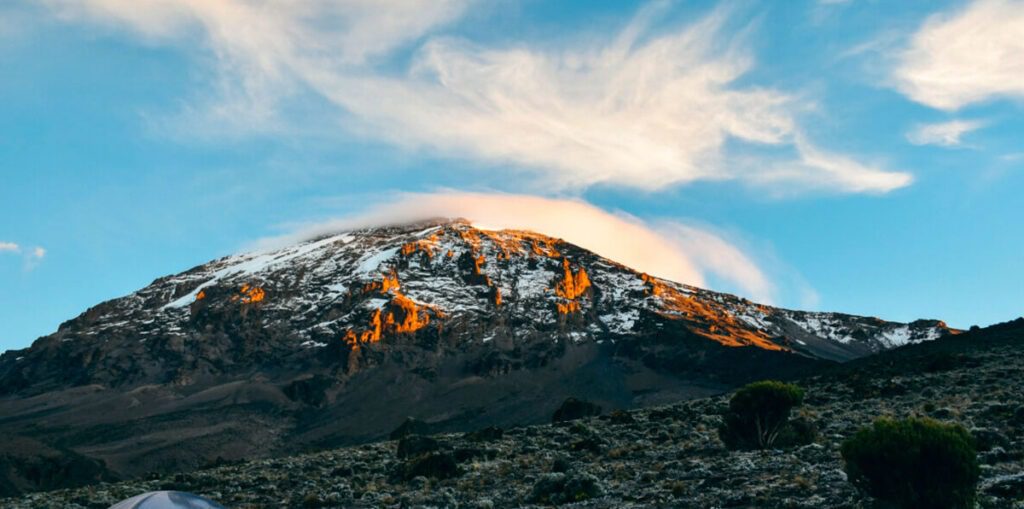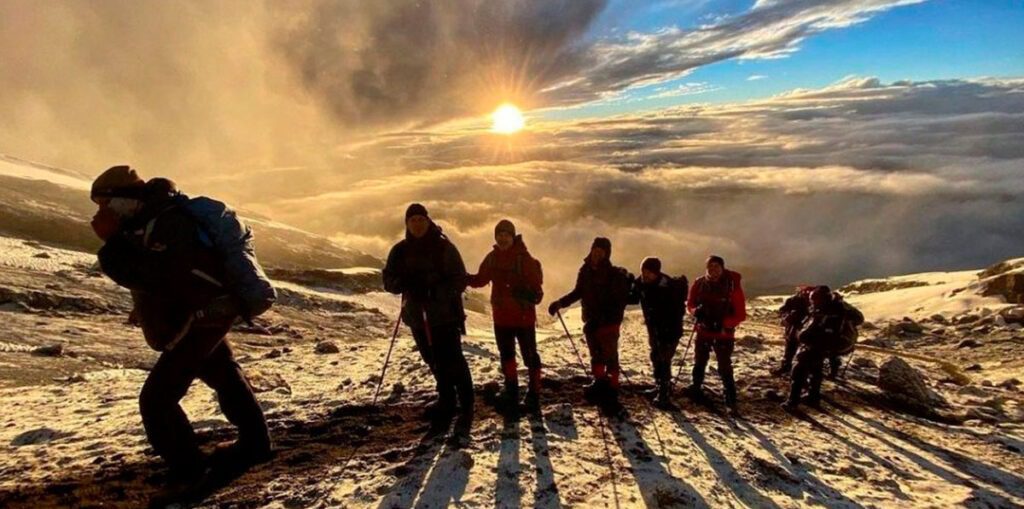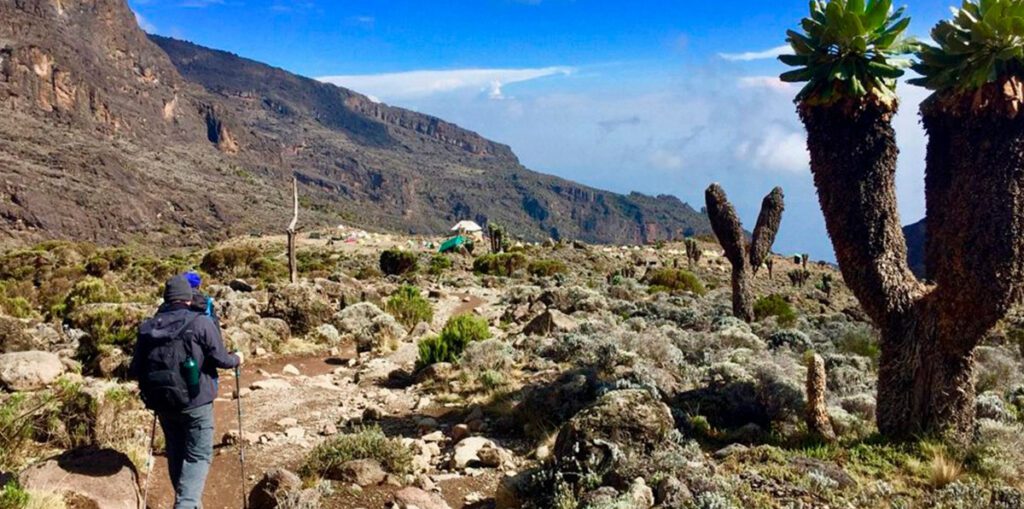Discover the World’s Wonders with Purpose: Adventure Beyond Boundaries
Discover the World’s Wonders with Purpose: Adventure Beyond Boundaries


Kilimanjaro National Park is one of Tanzania’s most iconic and popular destinations, crowned by Mount Kilimanjaro, Africa’s highest peak. This UNESCO World Heritage Site, declared in 1987, draws adventurers from across the globe, both for its world-renowned mountain climbing and its rich biodiversity.
Located in Northern Tanzania, near the Kenyan border, Mount Kilimanjaro is a dormant volcano that rises dramatically from the surrounding plains. Its snow-capped peak, often shrouded by clouds, is one of the most recognizable images in Africa. With a height of 5,895 meters (19,341 feet), Kilimanjaro is the tallest free-standing mountain in the world, making it a prized challenge for climbers and hikers alike.

Mount Kilimanjaro is a volcanic massif formed by three volcanic cones: Kibo, Mawenzi, and Shira. Among these, Kibo is the tallest cone, reaching the mountain’s summit at Uhuru Point. Kilimanjaro is considered a stratovolcano—a large volcano built up by layers of ash, lava, and rock. While Mawenzi and Shira are extinct, Kibo is dormant and may potentially erupt again.
Kilimanjaro’s formation is due to volcanic activity rather than tectonic plate movement, which is common for most mountain ranges. Over 360,000 years ago, Kibo erupted to form the massive peak we see today.
Mount Kilimanjaro is part of the Seven Summits, a prestigious list of the tallest mountains on each of the seven continents:
Kilimanjaro is often considered the easiest of the Seven Summits due to its non-technical nature. Climbers do not need specialized mountaineering skills, such as the use of ropes or ice axes, making it accessible to a wider range of adventurers.

Kilimanjaro attracts thousands of climbers annually. The climb is a multi-day journey, usually taking 5-9 days, with overnight stays in comfortable mountain huts. The trek is suited to anyone in reasonable physical condition, with no need for technical climbing skills. There are several established routes to the summit, each offering a unique experience:
The mountain is home to diverse ecosystems, from tropical rainforests at the base to alpine deserts near the summit, providing climbers with a variety of landscapes during their ascent.
Kilimanjaro is not just a mountain climber’s paradise—it also hosts a rich variety of plant and animal life. Over 2,500 species of plants and 140 species of mammals have been recorded. While the fauna includes elephants, buffaloes, and monkeys, the park is also home to rare species of flora, many of which are endemic to the mountain.
Among the notable wildlife species are the blue monkey, white-necked ravens, and the kilimanjaro tree hyrax, along with a large number of bird species, including eagles and black-and-white colobus monkeys.

Kilimanjaro lies just 205 miles from the equator, which gives it a tropical climate at the base. However, due to the altitude, the climate varies significantly at different elevations. The lower slopes are covered in rainforests, while higher elevations are dominated by moorland and alpine desert. The summit is cold, often with snow and glaciers, providing a stark contrast to the tropical surroundings.
The equatorial climate is constant throughout the year, with warm and wet or warm and dry conditions. Kilimanjaro’s glaciers, though shrinking due to climate change, have fascinated scientists and adventurers alike.
The best time to climb Mount Kilimanjaro is during the dry seasons, which run from June to October and January to February. These months offer the most favorable weather conditions for trekking.
The park can be visited year-round, but climbers should be prepared for more challenging conditions during the rainy season (March to May and November to December), as trails can become slippery and less accessible.

We donate 5% of all our sales to support Roots of Resilience . Paying above-market wages to porters, guides, and community workers. Leading reforestation projects and empowering women’s cooperatives.

Embark on a once-in-a-lifetime journey to the summit of Mount Kilimanjaro, Africa’s highest peak. Our expert-guided treks offer breathtaking landscapes, diverse ecosystems, and an unforgettable sense of achievement. Whether you’re a seasoned climber or a first-time trekker, we provide the best routes, acclimatization strategies, and support to help you reach the top.